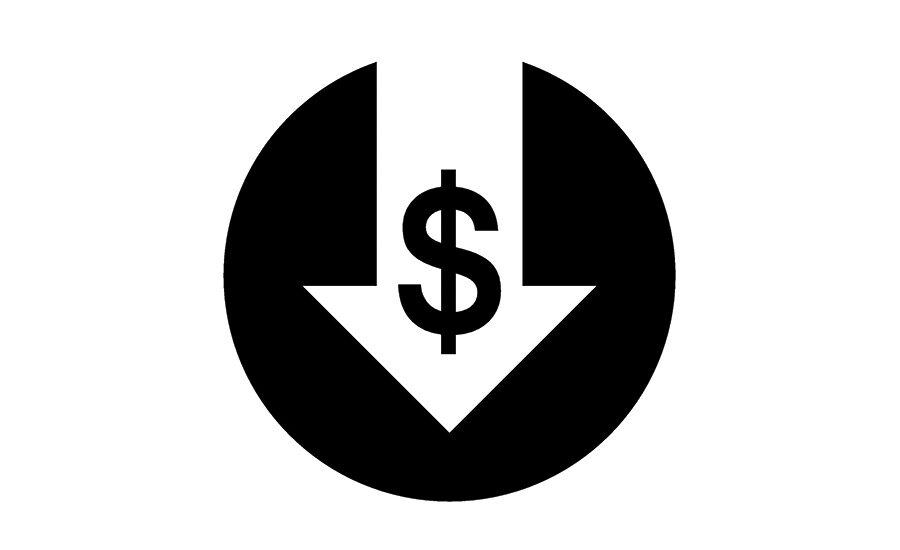It’s no secret that milk consumption in the United States has been on the decline for decades. In fact, per capita milk consumption decreased by a whopping 98 pounds between 1975 and 2017, according to USDA data.
But growth of another dairy staple more than made up for those declines during that same timeframe. Per capita consumption of cheese grew from 14.3 pounds to 36.9 pounds, amounting to a 22.6-pound increase.
“Say Cheese! Rising Demand Drives Growth in U.S. Milk Production” — a January 2019 RaboResearch article by Mary Ledman, global sector strategist, dairy for Rabobank, and Tom Bailey, senior analyst, dairy for Rabobank — notes that the cheese consumption increase equates to 226 pounds of milk. After all, it takes about 10 pounds of milk to produce a pound of cheese. Therefore, the 98-pound decrease in fluid milk consumption was more than offset by the increase in milk used to manufacture cheese during that timeframe.
Check out some other cheese “tidbits” from the Rabobank article below.
Strong demand for natural cheese
Per capita consumption of American-style natural cheeses such as cheddar, colby and jack cheeses rose from 11.7 pounds in 1995 to more than 15 pounds in 2017. Meanwhile, per capita consumption of natural Italian-style cheeses (dominated by mozzarella) rose from 10 pounds to more than 15 pounds during the same timeframe.

Processed cheese makes a comeback
Although per capita consumption of processed cheese trended down between 1995 and 2010, bottoming out at 3.53 pounds, it since has bounced back. In 2017, per capita consumption of processed cheese reached 5.2 pounds, the highest level since 1996. The gains can largely be attributed to demand in the foodservice and food ingredient sectors.

But we have too much cheese
Despite rising domestic demand and increased exports, U.S. cheese stocks — as of Nov. 30, 2018 — topped 1.35 billion pounds, up 7% from the previous year. Increased production has contributed to more cheese in the supply chain. In 2018, milk prices were lower than they’d been since 2010, a reality that also contributed to the bump in cheese stocks.

More cheese equals weaker prices
Higher stocks and lower-than-expected cheese exports to Mexico have contributed to weaker domestic cheese prices. The average consumer price index for cheese slipped 1% during the last six months of 2018 in comparison to the first six months, and that price index is expected to be lower during the first quarter of 2019 than it was in the first quarter of 2018.





